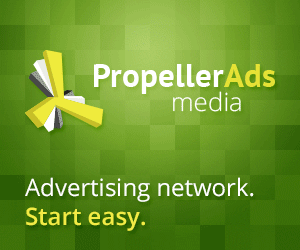Just about every business has a need for both online and offline marketing tools. Online marketing may consist of website, a blog, and social marketing efforts such as a Facebook page, Twitter account, and a LinkedIn presence. It is incredibly important for all marketing efforts have a unified look.
I have outlined seven handy tips that will help you to integrate both aspects of your business, and blur the line between your offline marketing and online.
1. Use the same messages and slogans: If you have a particular business slogan, or catch phrase, make sure it appears on any marketing that you do, whether it is offline or online. This will allow your marketing message to remain consistent across the board. If you have slogans running in specific offline campaigns, you can also have these appear on your website as the offline campaign is running.
2. Have a consistent look and feel: Your offline marketing should match with your website, and other online marketing. This can apply to colour schemes, logos, fonts on headings etc. Matching these up will keep your brand consistent, and make it easier for customers to recognize your business.
3. Incorporate your web address into all marketing activities: This sounds simple enough, but is commonly overlooked! By having your web address on everything, you dramatically increase the chance of website traffic, and sales leads. There is no point having a website if no one knows it is there!
4. Target the same customers: If you know your offline marketing is targeting a specific demographic, then you can match the online to hit them from both fronts. An example of this might be through specific targeting in AdWords, or targeting by age in Facebook advertising.
5. Use keywords in your offline messages: If you have specific keywords attached to your website that you are targeting, and trying to rank for, you can use these same keywords in the copy of your offline marketing. This will allow for a consistent message, and strengthen the relationship the keywords you are using has with your business.
6. Link offline advertising to online landing pages: Instead of having the standard URL of your webpage attached to an offline promotion, you can add a URL that when customers type in, will take them to a specific landing page that relates directly to the advertisement they have seen. Again this will provide a stronger correlation between what is being viewed offline, and what is being viewed online. The same message can be presented in two different formats.
7. Plan ahead: The key to matching your offline and online marketing is to make sure that your plans incorporate both together. If you focus on just one, you may find later on that you missed a great opportunity to leverage one side of the marketing to the other.
A key component of marketing is to ensure that everything remains consistent. Though there are great differences between offline marketing, and online marketing, the two provide the same benefits to the company; building your brand and getting your message out to customers.
 2. Related Content
2. Related Content 3. Free Blogs
3. Free Blogs




